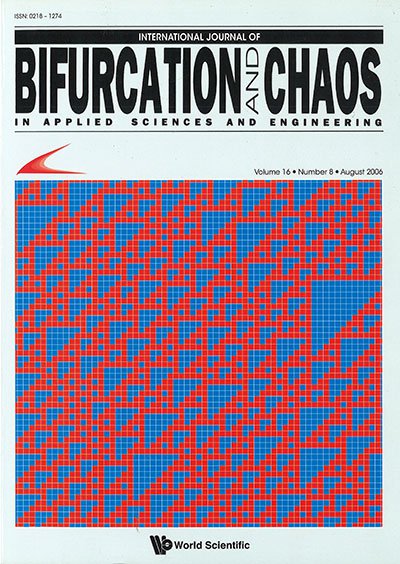STATIONARY PATTERNS IN CNN-LIKE ENSEMBLES WITH MODIFIED CELL OUTPUT FUNCTIONS
Abstract
Stationary pattern formation in ensembles of coupled bistable elements is investigated both analytically and by means of numerical simulation. The models considered are similar to cellular nonlinear networks (CNNs) — a well-known class of collective dynamical systems intended mainly for image processing — but differ from them in the type of nonlinear functions contained in their equations of motion — cell output functions. The main subject of interest is the transformation of initial conditions, treated as a representation of a half-tone image, into a steady-state pattern. In the analytical part the location of attractors and their basins of attraction in the phase space are estimated for two types of CNN-like systems. In the simulation part the equations of two lattice systems — a CNN and a CNN-like system with local negative coupling — are integrated numerically with initial conditions taken in the form of a sample halftone image. The dependence of the patterns established in both systems upon parameters is studied and compared. The present paper proves, that CNN-like systems with modified cell output functions may be studied analytically, and results available for conventional CNNs may be adapted to this wider class of lattice systems. From the application point of view, it is shown, that the modification of cell output functions under certain conditions does not lead to a breakdown of the system functionality. Moreover, an example is presented, where such a modification allows to introduce new functionality into a system (namely, controlling contour lines width in an edge-detecting system).



